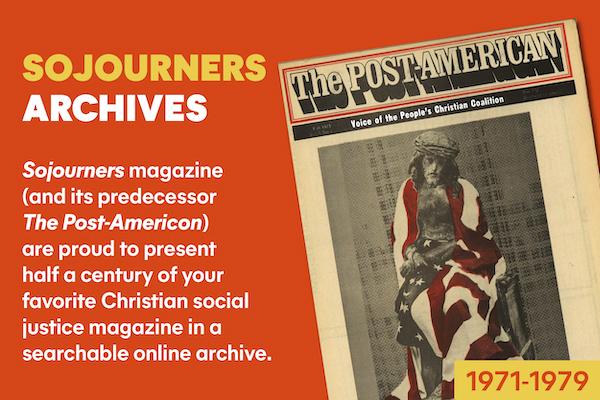The U.S. gets its energy from five main sources: petroleum (46 percent); natural gas (32 percent); coal (17 percent); hydropower (4 percent) and nuclear (1 percent). Big Oil dominates each sector. The top 25 oil corporations have 84 percent holdings in oil, 72 percent in gas, 50 percent in coal, 80 percent in atomic and 60 percent in electric. To understand the “energy crisis,” one must understand Big Oil.
Both oil industry and government rhetoric have provided several rationales for the crisis. Their most forceful arguments contain the following three elements: depletion of oil reserves; limited refinery capacity, and the damaging impact of the Arab embargo. Each element lacks cogency.
The only comprehensive statistics available on the depletion of oil reserves come from the industry itself--hardly disinterested observers. There is every reason to believe that their data is grossly underestimated.
Read the Full Article

